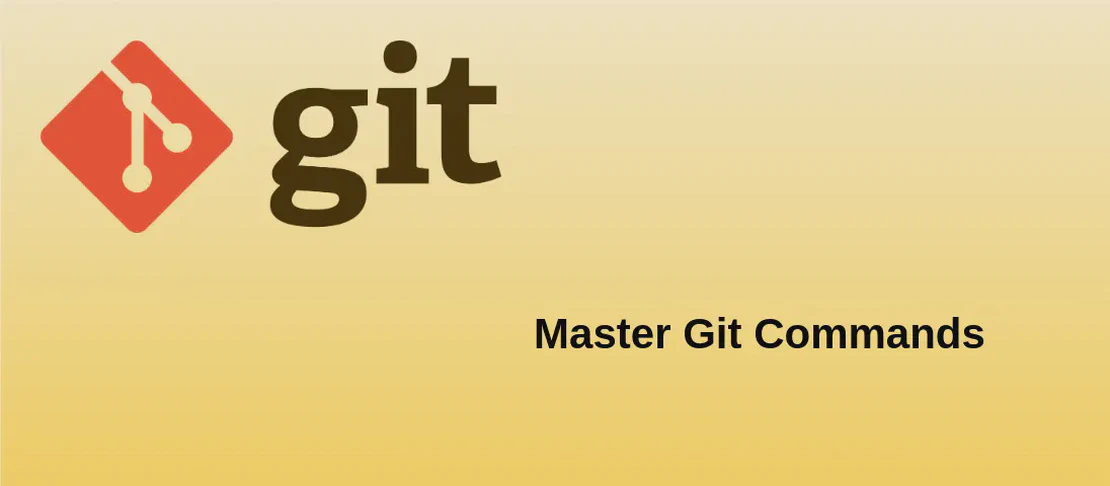Commands
- Home /
- Commands

Using the `whiptail` Command (with examples)
whiptail is a command-line utility that allows developers to display text-based dialog boxes in shell scripts.
Read More
Using the Command 'cpupower' (with examples)
The cpupower command is a versatile tool designed to provide insights and allow users to modify the CPU power management features on Linux systems.
Read More
Using the Command 'fprintd' (with examples)
The fprintd command is used for managing fingerprint devices on Unix-like operating systems.
Read More
Using the Command 'git request-pull' (with examples)
The git request-pull command is a useful tool in the Git version control system that allows developers to generate a review-friendly request for incorporating changes from a branch into the main project repository.
Read More
Using the Command 'halt' (with Examples)
The halt command is a utility in Unix-like operating systems used primarily to stop or halt the operating system.
Read MoreCategories
- aa (4)
- adb (4)
- amass (3)
- android (3280)
- ansible (6)
- apt (7)
- apx (3)
- aws (39)
- az (33)
- brew (2)
- btrfs (11)
- bundletool (2)
- cargo (25)
- choco (13)
- clang (2)
- clear (2)
- conda (2)
- cradle (5)
- cs (6)
- dconf (3)
- docker (33)
- doctl-databases (8)
- dolt (13)
- dotnet (8)
- dpkg (3)
- dvc (12)
- fc (4)
- fossil (4)
- freebsd (8)
- gh (28)
- git (181)
- gitlab (2)
- glab (9)
- gnmic (3)
- go (17)
- gpg (2)
- hg (13)
- http (3)
- hub (8)
- ip (6)
- iptables (2)
- kubectl (14)
- linode-cli (9)
- linux (4593)
- lxc (2)
- macos (3266)
- mate (6)
- netbsd (6)
- nix (5)
- nmcli (7)
- npm (6)
- odps (6)
- openbsd (7)
- openssl (8)
- osx (207)
- pacman (9)
- php (4)
- pio (21)
- pip (2)
- pkgctl (6)
- po4a (3)
- podman (8)
- pueue (21)
- puppet (2)
- pyats (2)
- qm (42)
- rails (4)
- rc (3)
- reg (12)
- rustup (18)
- salt (3)
- set (4)
- ssh (5)
- st (3)
- sunos (9)
- tailscale (3)
- terraform (2)
- tlmgr (21)
- toolbox (8)
- transmission (6)
- virsh (14)
- vue (3)
- windows (3450)
- xbps (3)
- xml (12)



